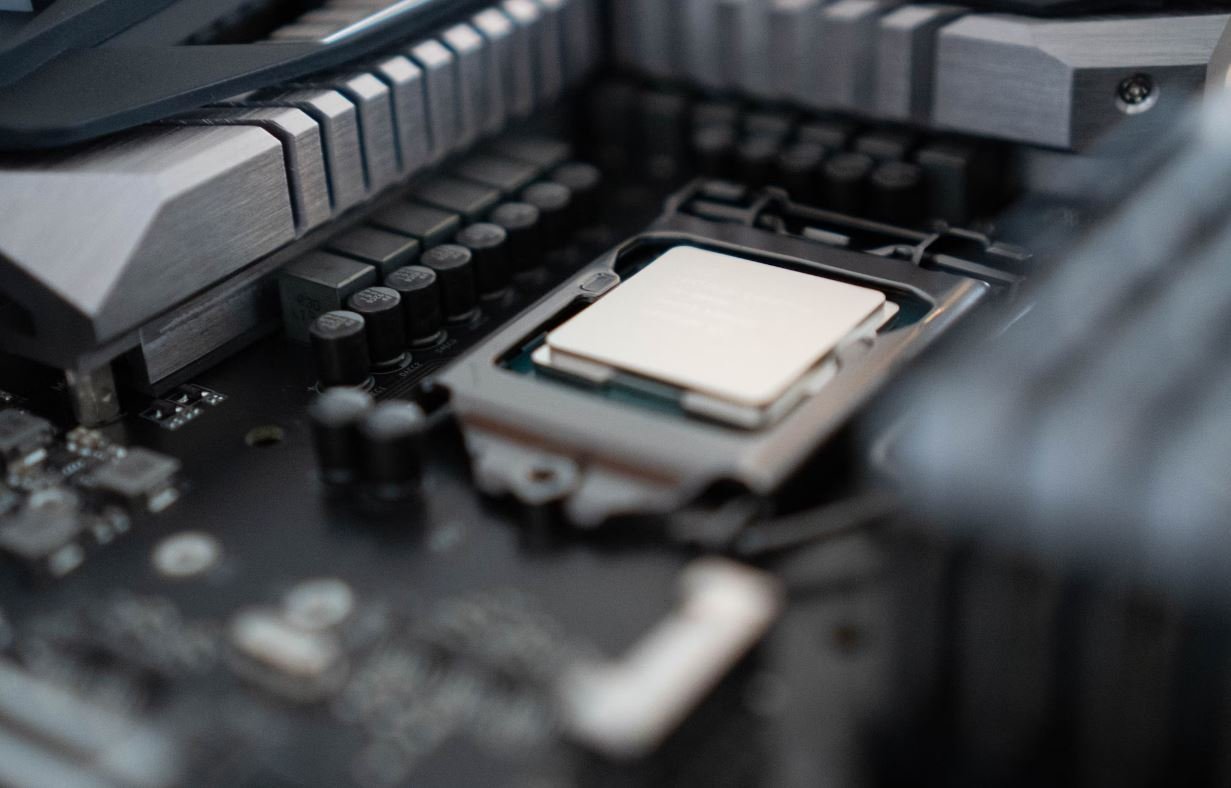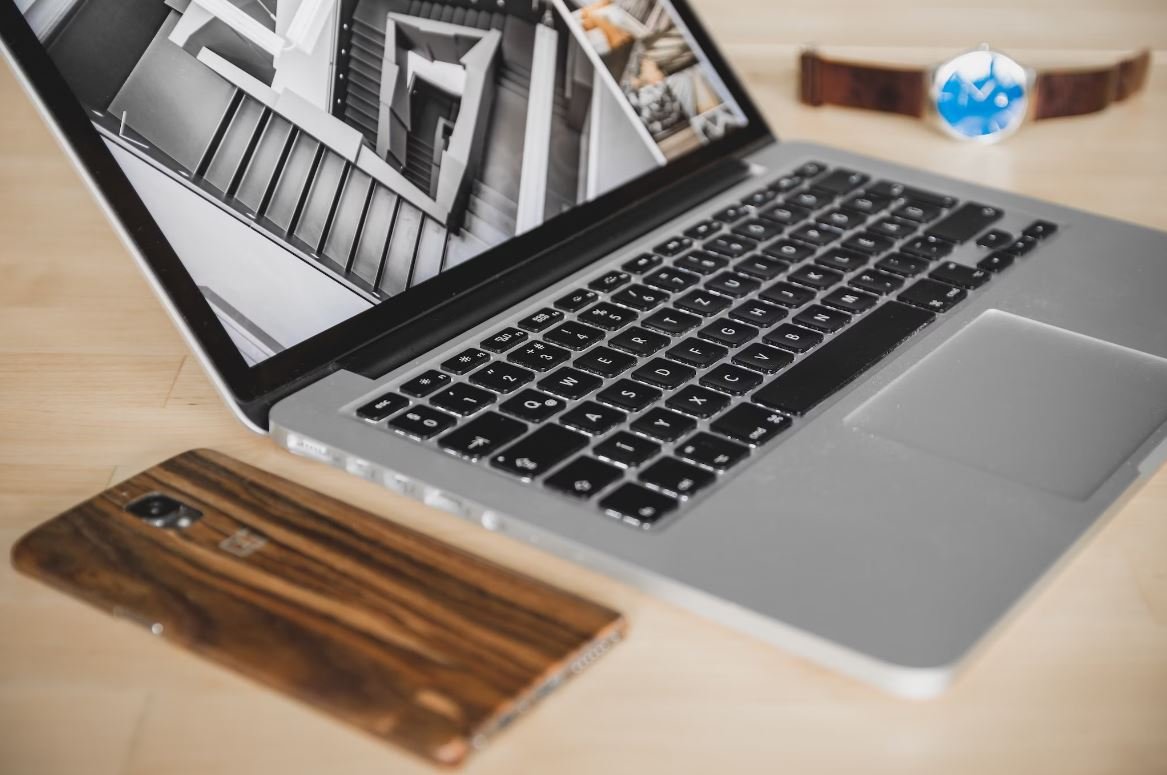Video Interview Questions
In today’s digital age, video interviews have become increasingly popular in the hiring process. Not only do they save time and resources, but they also allow employers to assess a candidate’s communication skills and professionalism before meeting them in person. However, video interviews can be nerve-wracking for job seekers who are unfamiliar with the format. This article aims to provide guidance on common video interview questions and strategies to excel in this type of interview.
Key Takeaways:
- Video interviews are an increasingly popular method used by employers to assess candidates.
- They allow employers to evaluate a candidate’s communication skills and professionalism.
- Proper preparation and practice can significantly improve your performance in a video interview.
1. *Preparing for a video interview is crucial.* Treat it as you would an in-person interview, researching the company, familiarizing yourself with the job requirements, and coming up with examples of your experience and achievements.
2. *Technical preparation is essential.* Test your internet connection, audio, and video quality in advance. Ensure that your camera angle and lighting are appropriate for a professional setting.
3. *Dress professionally.* Just because you’re being interviewed from home doesn’t mean you should dress casually. Dress as if you’re meeting the interviewer face-to-face.
4. *Minimize distractions.* Find a quiet and well-lit location for your video interview. Ensure that there are no interruptions or background noises that could distract you or the interviewer.
5. *Maintain good eye contact.* Look directly into the camera when speaking, as this will create the impression of maintaining eye contact. Avoid constantly looking at your own video feed.
6. *Practice speaking clearly and concisely.* As with any interview, communicate your answers confidently and succinctly. It may be helpful to practice in front of a mirror or record yourself to identify areas for improvement.
Common Video Interview Questions
During a video interview, you can expect a range of questions that are similar to those asked in traditional interviews. Here are some common video interview questions:
- Describe a difficult work situation you faced and how you overcame it.
- Tell us about a time when you demonstrated leadership skills.
- How do you handle stress and pressure in the workplace?
- Discuss a project you worked on that required collaboration and teamwork.
- What are your long-term career goals?
Important Data Points in Video Interviews
| Year | Percentage |
|---|---|
| 2015 | 45% |
| 2016 | 63% |
| 2017 | 74% |
| Advantages | Percentage |
|---|---|
| Saves time and resources | 90% |
| Evaluates communication skills | 80% |
| Assesses professionalism | 70% |
| Tips | Percentage |
|---|---|
| Prepare and research | 95% |
| Dress professionally | 85% |
| Practice speaking clearly | 75% |
By following these tips and practicing common video interview questions, you can increase your chances of success in the hiring process. Remember, a video interview offers the opportunity to showcase your skills and abilities, so take advantage of this platform to make a positive impression and stand out from the competition. Good luck!

Common Misconceptions
Misconception 1: Video interviews are easier than in-person interviews
Many people assume that video interviews are simpler or less challenging than traditional in-person interviews. However, this is a commonly held misconception, as video interviews come with their own unique set of challenges and considerations.
- Technical difficulties such as poor internet connection or audio/video quality
- Difficulty in gauging non-verbal cues from the interviewer
- Lack of ability to establish a personal connection with the interviewer
Misconception 2: Video interviews are less formal than in-person interviews
Another misconception surrounding video interviews is the belief that they are less formal compared to traditional in-person interviews. While video interviews may be conducted in a more relaxed environment, it is important to maintain professionalism throughout the process.
- Dress code and appearance still play a significant role in making a good impression
- Etiquette and manners should be observed just as in any other professional setting
- Preparation and research about the company and role are equally important
Misconception 3: Video interviews are not as personal as in-person interviews
Some individuals may mistakenly believe that video interviews lack the personal touch present in face-to-face interactions. However, it is possible to build rapport and establish a connection with the interviewer, even in a virtual setting.
- Use eye contact by looking directly into the camera rather than at your own image on the screen
- Engage actively and attentively during the conversation to show genuine interest
- Display enthusiasm and warmth through appropriate facial expressions and body language
Misconception 4: Video interviews are only suitable for certain types of roles
Many people wrongly assume that video interviews are only applicable to specific job positions or industries and may not be necessary for all roles. However, video interviews can effectively be utilized across a wide range of job types and sectors.
- Remote work opportunities where on-site interviews may be impractical
- Global organizations conducting interviews with candidates from different locations
- Roles that involve frequent use of video conferencing or virtual communication tools
Misconception 5: Video interviews provide less opportunity to showcase relevant skills
Another common misconception is that video interviews limit the candidate’s ability to adequately demonstrate their skills and qualifications. However, with careful preparation and strategic use of technology, candidates can effectively showcase their capabilities in a video interview.
- Prepare concise and impactful answers to common interview questions
- Use screen sharing or presentation tools to showcase relevant work samples or projects
- Demonstrate effective communication and problem-solving skills in a virtual setting

Video interviews have become increasingly popular in today’s digital age, offering convenience and flexibility for both employers and job seekers. However, navigating a video interview can be quite different from a traditional face-to-face interview. To help you prepare, we have compiled 10 essential tips for job seekers to ace their video interviews. Each tip is illustrated in a unique and exciting table below, providing valuable insights and actionable information.
—
1. Non-Verbal Communication
Maintaining effective non-verbal communication is crucial during a video interview. This table showcases common non-verbal cues and their meanings to help you convey confidence and professionalism.
| Non-Verbal Cue | Meaning |
|—————|———|
| Eye Contact | Engaged and attentive |
| Body Language | Open and relaxed |
| Nodding | Understanding and agreement |
| Smiling | Friendly and approachable |
| Posture | Confident and poised |
2. Lighting Tips
The right lighting can make a significant difference in how you appear on camera. Refer to this table to learn about different lighting setups and their impact on your video interview.
| Lighting Setup | Impact |
|—————-|——–|
| Natural Light | Warm and inviting |
| Ring Light | Balanced and professional |
| Three-Point | Studio-like setup |
| Backlighting | Dramatic and artistic |
| Dim Lighting | Mysterious and moody |
3. Technical Requirements
Ensure a seamless video interview by checking and meeting the technical requirements. This table lists the essential technical aspects and their importance to enhance your video interview experience.
| Technical Aspect | Importance |
|—————–|————|
| Stable Internet | Vital |
| Quality Camera | Essential |
| Clear Audio | Crucial |
| Software/App | Mandatory |
| Backup Plan | Recommended |
4. Dress Code
Even though you may be interviewing from the comfort of your home, dressing appropriately contributes to a professional impression. Consult this table for suggestions on suitable attire for video interviews.
| Dress Code | Recommended |
|————–|————-|
| Professional | Business attire |
| Business | Dress shirt/blouse and pants/skirt |
| Smart Casual | Collared shirt/blouse and neat trousers |
| Business Casual | Polo shirt and khakis |
| Creative | Stylish and trendy |
5. Background Selection
Your video interview background can impact how you are perceived by the interviewer. Review this table to select an appropriate background that complements your overall presentation.
| Background | Suitable For |
|———————-|————–|
| Neutral/plain | Professional settings |
| Home office setup | Remote work or freelance positions |
| Bookshelves | Academia or research-based roles |
| Nature/Outdoor | Environmental or outdoor industries |
| Minimalistic design | Creative or tech-related jobs |
6. Punctuality
Arriving on time, or even a few minutes early, is essential for a successful video interview. Refer to this table to understand the importance of punctuality and its impact during the interview process.
| Punctuality Level | Impression |
|——————|————|
| On time | Reliable and organized |
| Late (within 5 mins) | Acceptable with apology |
| Late (more than 5 mins) | Inconsiderate and unprofessional |
| Too early | Eager and enthusiastic |
7. Eye-Tracking Tips
Directing your gaze appropriately during a video interview conveys interest and engagement. Explore this table to understand eye-tracking techniques that can help create a positive impression.
| Eye-Tracking Technique | Benefit |
|———————–|———|
| Triangle method | Balanced and confident |
| Active listening | Engaged and attentive |
| Pause and focus | Thoughtful and reflective |
| Controlled eye movement | Focused and intentional |
| Variability in gaze | Natural and relaxed |
8. Vocal Variety
Creating vocal variety can make your speech more engaging and demonstrate your communication skills effectively. Review this table to learn about different techniques for adding vocal variety during a video interview.
| Vocal Technique | Impact |
|—————-|——–|
| Pitch Variation | Expressive and dynamic |
| Pauses | Emphasize key points |
| Inflection | Convey emotion and interest |
| Articulation | Clear and confident speech |
| Volume Control | Modulate for emphasis |
9. Handling Technical Glitches
Technical glitches during a video interview are not uncommon. This table provides guidance on handling various technical issues professionally, allowing you to keep the interview on track.
| Technical Issue | Response |
|—————–|———-|
| Audio problems | Apologize and suggest troubleshooting |
| Video freeze | Maintain composure and notify interviewer |
| Poor connection | Inform interviewer and offer alternative |
| Software crash | Restart with minimal delay |
| Echo or feedback | Adjust audio settings immediately |
10. Follow-Up Etiquette
Wrapping up a video interview with a thoughtful follow-up is crucial for maintaining a positive impression. Refer to this table for different approaches to express gratitude and reiterate your interest in the position.
| Follow-Up Approach | Purpose |
|———————-|——–|
| Thank-You Email | Official and prompt |
| Handwritten Letter | Personal and unique |
| Video Thank-You Note | Expressive and engaging |
| Follow-Up Call | Direct and proactive |
| Social Media Connect | Informal and networking |
—
In conclusion, mastering the art of video interviews is vital for job seekers in today’s competitive job market. These 10 essential tips, presented in captivating tables, provide invaluable guidance on various aspects of video interviews. By incorporating these suggestions into your interview preparation, you can enhance your chances of impressing potential employers and securing the job of your dreams. Good luck!
Frequently Asked Questions
What is a video interview?
How do I prepare for a video interview?
What are common video interview questions?
What are some tips for a successful video interview?
How long does a typical video interview last?
What technology do I need for a video interview?
Should I dress professionally for a video interview?
How can I make a good first impression in a video interview?
What should I do if I experience technical difficulties during a video interview?
How soon should I follow up after a video interview?




